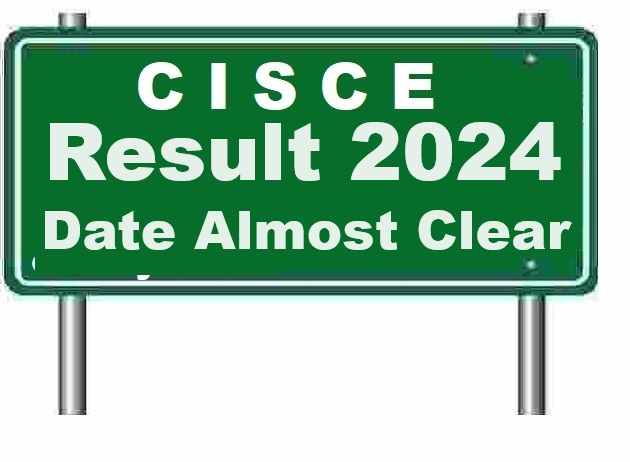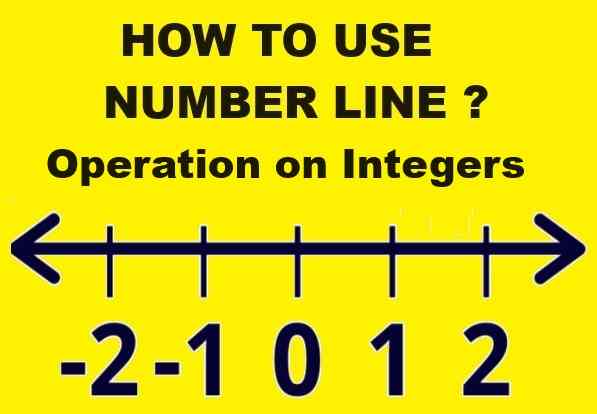OP Malhotra Probability Class-10 S.Chand ICSE Maths Ch-20. We Provide Step by Step Answer of Exe-20 with Self Evaluation and Revision of S Chand OP Malhotra Maths . Visit official Website CISCE for detail information about ICSE Board Class-10.
OP Malhotra Probability Class-10 S.Chand ICSE Maths Ch-20
-: Select Topics :-
Exercise-20
OP Malhotra Probability Class-10 S.Chand ICSE Maths Ch-20
Experimental Probability :
Experimental probability can be applied to any event associated with an experiment that is repeated a large number of times.
A trial is when the experiment is performed once. It is also known as empirical probability.
Experimental or empirical probability: P(E) =Number of trials where the event occurred/Total Number of Trials
Theoretical Probability :
Theoretical Probability, P(E) = Number of Outcomes Favourable to E / Number of all possible outcomes of the experiment
Here we assume that the outcomes of the experiment are equally likely.
Elementary Event :
An event having only one outcome of the experiment is called an elementary event.
Example: Take the experiment of tossing a coin n number of times. One trial of this experiment has two possible outcomes: Heads(H) or Tails(T). So for an individual toss, it has only one outcome, i.e Heads or Tails.
Sum of Probabilities :
The sum of the probabilities of all the elementary events of an experiment is one.
Example: take the coin-tossing experiment. P(Heads) + P(Tails )
= (1/2)+ (1/2) =1
Impossible event :
An event that has no chance of occurring is called an Impossible event, i.e. P(E) = 0.
E.g: Probability of getting a 7 on a roll of a die is 0. As 7 can never be an outcome of this trial.
Sure event :
An event that has a 100% probability of occurrence is called a sure event. The probability of occurrence of a sure event is one.
E.g: What is the probability that a number obtained after throwing a die is less than 7?
So, P(E) = P(Getting a number less than 7) = 6/6= 1
Range of Probability of an event :
The range of probability of an event lies between 0 and 1 inclusive of 0 and 1, i.e. 0≤P(E)≤1.
Geometric Probability :
Geometric probability is the calculation of the likelihood that one will hit a particular area of a figure. It is calculated by dividing the desired area by the total area. In the case of Geometrical probability, there are infinite outcomes.
Sample Space :
A collection of all possible outcomes of an experiment is known as sample space. It is denoted by ‘S’ and represented in curly brackets.
Exercise-20(a)
OP Malhotra Probability Class-10 S.Chand ICSE Maths Ch-20
Question 1:
In the following events match correctly to indicate whether the outcome are possible certain or impossible
……………….
Question 2:
Categorize each …………. or unlucky.
…………………..
Question 3:
Choose the likelihood ……….. each event.
……………..
Exercise-20(b)
OP Malhotra Probability Class-10 S.Chand ICSE Maths Ch-20
Question 1:
Find the bribability of getting number less than 5 in a single throw of die.
Question 2:
A jar contain 3 whites …………… not red.
Question 3:
………………..
………………..
………………..
Question 23:
Fill in the blanks with appropriate correct answer.
…………………..
Self Evaluation and Revision
OP Malhotra Probability Class-10 S.Chand ICSE Maths Ch-20
Question 1:
A die is thrown once. What is the ……………….. than 2.
Question 2:
Card marked with ……………… a perfect square.
Question 3:
…………………..
………………….
…………………
Question 8:
A game of numbers has cards marked with …………. divisible by 7.
— : End of Probability OP Malhotra S Chand Solutions :–
Return to :– OP Malhotra S Chand Solutions for ICSE Class-10 Maths
Thanks
Please Share with Your Friends




